All About Phonological and Phonemic Awareness
What is Phonological and Phonemic Awareness?
Phonological and phonemic awareness skills are the “listening” skills necessary for reading and writing development. These skills include rhyming, blending sounds and syllables together to form words, and breaking words into their syllables and sound parts. Since phonological awareness skills are strictly about listening for sound and word patterns, they do not involve looking at the print or naming and identifying letters. However, children need to have both strong phonological awareness skills and letter/sound knowledge before they are ready to learn to read.
The Importance of Phonological Awareness:
- Reading and spelling skills improve when students are intentionally taught to be aware of the sound structure of spoken words.
- Students who are good readers and spellers tend to be phonologically aware.
- Students with reading difficulties tend to have poor phonological awareness.
- Phonological awareness skills predict later reading and spelling success.
- At school entry, phonological awareness and letter naming skills are the two best predictors of literacy success in Grade 1.
- Phonological awareness instruction can help all students improve their reading.
Phonological Awareness Skills Children Should Learn
Earlier Phonological and Phonemic Awareness Skills
Rhyming:
The importance of rhyming:
- Mastering rhyme facilitates reading and spelling. It helps children learn to “listen” for and “predict” patterns in words.
- Rhyming is necessary before providing phonics instruction in word families.
- Rhyming is an efficient way for children to begin to learn how to spell. For example, if a child can spell “cat” and “mat,” they are more likely to be able to spell “sat” and “bat,” as well.
Key Rhyming Skills:
- Identification – being able to identify when words rhyme (i.e. Do “moon” and “soon” rhyme?)
- Production– being able to make rhyming words (ie. Give me a word that rhymes with “cat”- i.e. mat, hat, pat, sat).
Blending:
The importance of blending:
- Even if a child can sound out each letter within a printed word, they will not be able to sound out the entire word unless they are able to blend the sounds together (e.g.” ‘H-A-N-D…Oh, that says ‘hand.’”)
- The ability to blend sounds is highly predictive of a child’s reading development and being able to sound out new words in print.
Key Blending Skills:
- Compound words: blending two words into one (i.e. snow-man)
- Syllable level: blending syllables into a single word (i.e. ba-na-na makes the word “banana”)
- Sound level: blending individual sounds back into a word (i.e. the sounds d-o -g make the word “dog”)
Segmenting:
Segmenting helps to develop a child’s spelling skills. It helps them to:
- understand that words are made up of sounds
- hear sounds in words that they can then match with the letters that make those sounds (ie. this is required for a child to learn to read or write)
- ‘sound out’ unfamiliar words in order to successfully spell the word.
Key Segmenting Skills:
- Sentence level: breaking sentences into words (i.e. How many words are in this sentence?)
- Compound words: breaking compound words into their 2-word parts (i.e. what 2 words do you hear in “baseball?”)
- Syllable level: breaking words into their syllable parts (i.e. How many parts are in the word “television?”)
- Onset/rime: identifying the first sound of the word from its rime pattern (i.e. c-at from the word “cat”)
- Sound level: breaking words into their individual sounds (i.e. tell me the sounds you hear in the word “dog”- d-o-g)
Later Developing More Complex Phonemic Awareness Skills
Complex Phonemic Awareness Skills:
Phonemic awareness skills such as blending and segmenting sounds are critically important in helping children begin to learn to read and spell. However, children also need to develop more complex phonemic awareness skills as they move beyond the primary grades.
Strong complex phonemic awareness skills such as the ability to manipulate sounds in words are needed for reading and are some of the best predictors of a student’s future reading (word level) ability. This is because phoneme manipulation (adding, deleting, and substituting sounds in words) are the skills most closely related to what children need to do when they are reading connected text. Training in sound manipulation tasks have substantial long-term positve impacts on reading as they help to develop a student’s automaticity in “orthographic mapping.”
Orthographic mapping is the process that all successful readers use to become fluent readers. Through orthographic mapping, children use the language processing part of their brains to map (connect) the sounds of words they hear and know (phonemes) onto the letters in a word (the spellings).
Complex Phonemic Awareness Skills (Phoneme Manipulation) include the following:
1) Phoneme (sound) Addition:
Phoneme addition involves adding phonemes to a given word to produce a new word. An example of this would be to start with the word “we” and add the phoneme /k/ to the end to turn the word into “week.” Phoneme addition can be done with more complex words as well; if we start with the word “bell” and add the sound /t/, the word turns into “belt.”
2) Phoneme (sound) Deletion:
Conversely, starting with the word “guide” and deleting the final phoneme, /d/, creates the word “guy.” A more complex example of phoneme deletion might include removing one sound from a two-sound blend. Starting with the word “blast” and deleting the initial phoneme, /b/, results in the new word “last.”
3) Phoneme (sound) Substitution:
Phoneme substitution, the most advanced of all the sound manipulation skills, requires that a student knows how to both delete and add phonemes. In a phoneme substitution exercise, children might be asked to drop the short /i / sound in “kit” and replace it with the long /i/ sound. When they do, “kit” becomes “kite.” This is done through a few intricate steps that are performed automatically and without conscious thought for strong, fluent readers. These steps include recognizing the component parts of the known word (segmenting the word into its sound parts), isolating a specific sound, deleting that sound, adding the new sound, and blending the sound together to say the new word. Phoneme substitution encompasses every single phonemic awaress skill before it. So if even one of these lower skills is weak, students will struggle to substitute sounds in words.
Phonological and Phonemic Awareness Resources
Click here to see more ideas on Phonological Skills Building Activities to do at Home
Video – Help for Reading – Phonological Awareness

